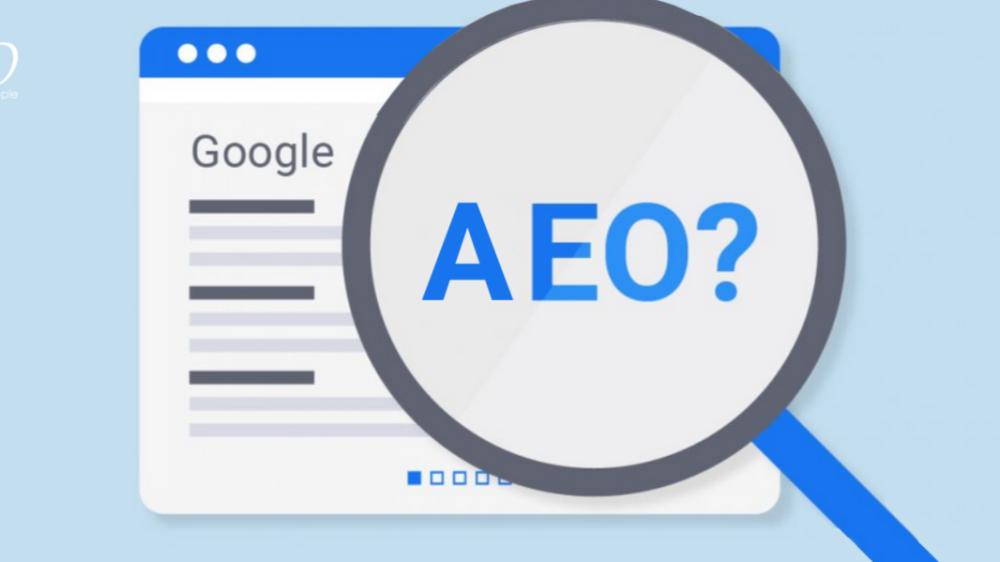Are you wondering why your website’s content sometimes appears in Google’s AI-generated answers, while your competitors seemingly leapfrog you into those coveted featured spots? The search landscape is evolving rapidly, especially with the rise of artificial intelligence. Google now uses powerful machine learning systems that can interpret web content with greater depth, segmenting pages into “chunks” or passages and delivering precise answers to specific queries. For local businesses and franchise owners, this shift means that relying solely on traditional SEO tactics may leave your digital presence lagging behind. If you’ve been investing effort into your website but witnessing fewer clicks and impressions, you’re not alone. The new era of AI-powered content optimisation is changing how content is analysed, ranked, and highlighted on Google’s AI-generated answers.
Today, Google’s systems are capable of extracting micro-answers from within a page, rather than relying solely on the page’s overall relevance. This granular understanding helps the search engine serve up bite-sized responses, often pulled as featured snippets at the top of results or supplied directly within Search Generative Experience (SGE) responses. Businesses must rethink their approach: it’s not just about writing informative articles or matching keywords. Instead, you’ll need to structure and optimise your content for micro-answer engine optimisation and make it more discoverable to Google’s AI-driven selectors. Mastering these new strategies will position your business to be seen and trusted online, helping you attract more local customers and fuel your online success.
So, how can you ensure your business’s content captures attention in this new AI era? Let’s explore practical strategies tailored to help you secure your spot in Google AI-generated answers and future-proof your content for ongoing digital growth.
Understanding AI-Powered Content Optimisation and Google’s Shift
The integration of AI into Google’s algorithms has transformed the core principles of SEO. AI-powered content optimisation is no longer a futuristic fancy, but a reality for businesses seeking top spots on search results. Rather than judging a web page purely on its entire content, Google now uses passage indexing and “chunking” methodologies. This means it identifies relevant sections, sometimes just a few sentences, that directly answer user queries.
Successful businesses are moving beyond broad optimisation. They examine how searchers phrase their questions and what type of answers Google’s AI tends to elevate as featured snippets. For local businesses, this entails not only providing comprehensive service descriptions but also structuring specific answers for micro-answer engine optimisation. The benefit: your site’s small, targeted pieces of content can outrank full sections from competitors’ pages if they directly provide the concise solution Google’s AI seeks.
A sound strategy begins by understanding your customers’ most common questions and concerns. These insights form the bedrock of pages designed for micro-answer excellence. They also set the stage for fine-tuning featured snippets strategies, ultimately winning prime digital real estate in search results.
Micro-Answer Engine Optimisation: Winning with Chunked Content
Google’s search AI now excels at identifying and extracting short, context-rich answers, a process referred to as micro-answer engine optimisation. By chunking your website’s content into easily digestible sections, you empower Google’s AI to find the best match for queries, even if the rest of the page covers broader or tangential topics.
How do you implement chunked content in practice? Start by structuring your web pages with clear headings and subheadings that reflect actual search queries. Use bullet points or numbered lists to break down complex information. For example, a plumbing business might include a section titled “What should I do if my pipe bursts?” followed by a step-by-step list. This directly answers a high-intent query and aligns with how Google compiles featured snippets and micro-answers.
An effective micro-answer strategy involves creating self-contained responses to specific questions. This assists Google in identifying your content as the “best answer” for particular searches, vastly improving your chances of showing up in AI-generated answers. Remember to wrap up these micro-answers with clear, concise language and without unnecessary jargon.
On-Page Strategies for Featured Snippets: Making Content Accessible to AI
Featured snippets remain a valuable avenue for getting noticed in search results, particularly for local businesses. To position your content for selection, prioritise clarity and directness. Structured data, such as Schema.org markup, gives both traditional algorithms and AI models extra context to interpret your content’s purpose and authority.
Incorporate long-tail keywords naturally throughout your headings, body text, and answers. For instance, instead of targeting the generic phrase “plumbing tips,” opt for “AI-powered content optimisation for plumbing emergencies in Sydney.” This specific targeting matches how real users search and aligns with Google’s AI models that favour direct answers to complex or multi-part queries.
Additionally, ensure your answers are immediately visible to the reader, don’t bury crucial information under lengthy introductions. Place the most important points at the top of sections under headings that mirror the way people search. These featured snippets strategies help improve your authority as Google’s AI continuously favours precise, well-organised content for its generative answers.
Leveraging Experience, Expertise, Authoritativeness, and Trustworthiness (EEAT)
Google’s E-E-A-T principles underpin the algorithms’ ability to distinguish reliable content from less trustworthy sources. Showcasing your expertise on your subject matter builds credibility with both users and AI-driven selectors. For local businesses and franchises, this means infusing location-specific expertise, mentioning service areas, staff qualifications, and real-world problem-solving experiences.
Authoritativeness can be strengthened through customer testimonials, case studies, and “best practice” guides relevant to your industry. Linking to trusted third parties and referencing statistics or recognised guidelines can demonstrate your commitment to reliable, current information. This signals to both searchers and search engines that your content can be trusted, boosting your likelihood of being chosen for Google AI-generated answers.
Don’t overlook the importance of fresh, regularly updated content. Outdated pages are often sidelined by Google’s algorithms in favour of timelier answers. A content calendar, supported by ongoing blog posts or updates, keeps your site active, another positive ranking factor for AI-powered systems.
Technical Content Optimisation for AI-Readiness
While content quality is vital, the technical setup of your website plays a substantial role in AI-powered content optimisation. First, pages must load quickly and display responsively across all devices, especially mobiles. Slow, poorly formatted, or hard-to-read pages reduce the likelihood of your content being surfaced by Google’s AI-driven engine.
Make sure your headings are structured logically, using H2s and H3s that clearly define what each content section addresses. Avoid keyword stuffing, but do include primary and secondary keywords in natural locations. Use internal linking to signal relevance between related content pages on your website.
Technical health also involves optimising images with descriptive alt text, submitting updated sitemaps, and ensuring your site is secure. Even small details, like meta descriptions summarising each page’s intent, help reinforce the relevance of your answers to Google’s search AI.
Conclusion: Preparing Your Business for Success in the AI-Driven Search Era
The rise of Google’s AI-generated answers has brought sweeping changes to the way local businesses and franchise owners compete online. Embracing AI-powered content optimisation is a strategic decision that lets you reach highly motivated searchers at exactly the right moment. By focusing on micro-answer engine optimisation, you ensure your content is structured and accessible, increasing the odds of being chosen for featured snippets and other prominent placements. Remember, Google’s systems now reward not only relevance but also clarity, authority, and accuracy.
To stay competitive and future-proof your digital presence, combine practical strategies, like chunked content, clear headings, and robust technical foundations, with ongoing efforts to build expertise, trust, and local relevance. The businesses that earn Google’s trust through expert, high-quality content are the ones most likely to enjoy visibility in AI-generated summaries and direct answers. Aligning your website with these evolving standards will help you maintain a strong online presence and win over high-intent local customers before your competitors do.
If you’re ready to put these featured snippets strategies to work for your business, or if you could use expert guidance on AI-powered content optimisation, the team at Top4 Technology can help. Our digital marketing specialists excel at creating content that resonates with both Google’s algorithms and your customer base. Begin your success story by partnering with us, and let us show you how micro-answer engine optimisation and targeted content can grow your business online. For a personalised approach that places your company at the centre of the AI-driven search era, connect with our team today.

 SAUDI ARABIA
SAUDI ARABIA

























